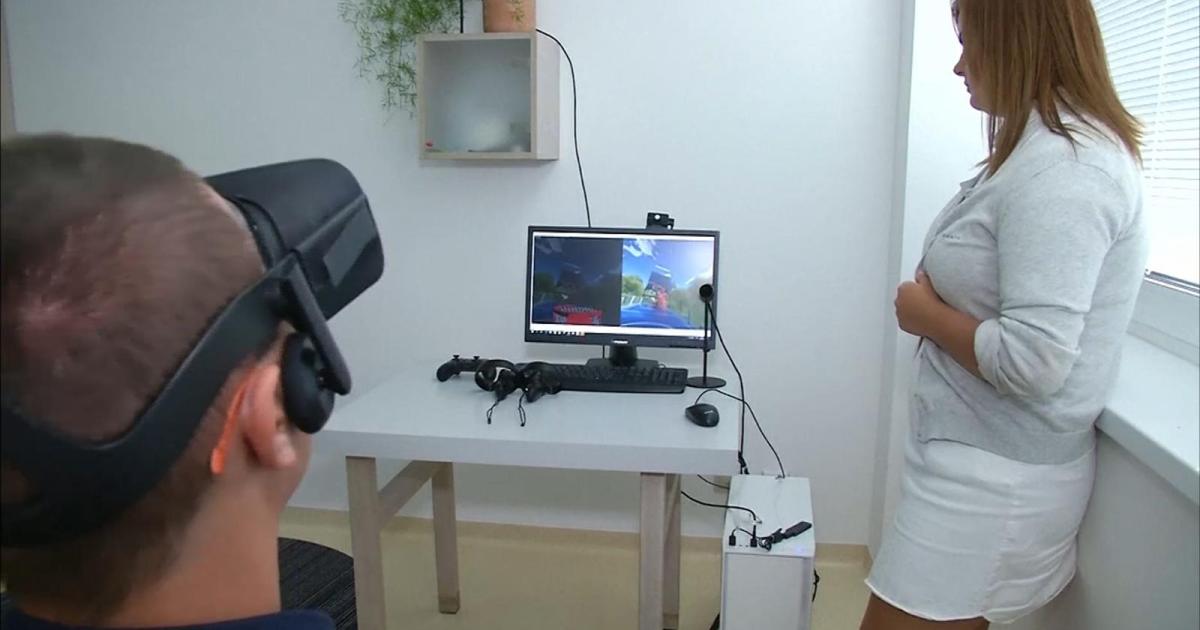play videoplay video
Video duration 02 minutes 55 seconds 02:55
A new British study revealed that adults who had previously suffered from amblyopia in childhood are more likely to develop high blood pressure, obesity, and metabolic syndrome in adulthood, in addition to an increased risk of heart attacks.
The study was conducted by researchers at University College London in Britain, and was published at the beginning of this March in the electronic journal eClinicalMedicine, and the ScienceDaily website wrote about it.
The researchers emphasized that although the results of the study indicate that there is a correlation between lazy eye and ill health in adulthood, it is not possible to conclude a causal relationship between them, meaning that it is not necessary for lazy eye to develop into these previously mentioned diseases, but it is important to study the increased possibility of These diseases occur in people who suffered from lazy eye in their childhood.
The researchers analyzed data from more than 126,000 participants between the ages of 40 to 69 years. The study included an eye examination, and asked the participants about their treatment for lazy eye in childhood and whether they still suffer from this condition in adulthood. Questions were also asked about the presence of They have a medical diagnosis of diabetes, high blood pressure, or cardiovascular/cerebrovascular disease (i.e., angina, heart attack, or stroke).
They also had measurements of their body mass index (BMI), blood glucose levels, and cholesterol, and their mortality rates were tracked.
The researchers confirmed that 82% of the study participants who suffered from lazy eye in childhood still suffer from a permanent decrease in vision in one eye after they reach adulthood.
diabetes
The results showed that participants who had lazy eye as a child had a 29% higher odds of developing diabetes, a 25% higher odds of developing high blood pressure, and a 16% higher odds of being obese.
They were also at greater risk of heart attacks.
The increased likelihood of developing these health problems was not limited to those who developed lazy eye as a child and then continued to have vision problems into adulthood, but also included those whose vision improved to become completely normal in adulthood.
According to Mayo Clinic, amblyopia is a condition in which there is a decline in vision in one eye, due to abnormal visual development early in life.
Lazy eye develops from birth until the age of 7 years.
It is the main cause of poor vision in children.
In rare cases, lazy eye affects both eyes.
Because lazy eye usually causes decreased vision in only one eye, many children do not notice any vision problem and are only diagnosed through a vision examination conducted at the age of 4 to 5 years.
Researchers emphasize that eye health is closely related to the health of other organs, so we must pay more attention to eye health from a young age.
Symptoms of lazy eye
Children with lazy eye may suffer from poor depth perception, as it is difficult for them to accurately determine how close or far something is, according to the National Eye Foundation in the United States of America.
Also, parents may notice some signs that indicate that their child is having difficulty seeing, such as:
squint.
Close one eye frequently.
The child tilts his head when staring at something.
What are the causes of lazy eye?
Below is a list of some vision problems that can lead to lazy eye:
Myopia, which causes difficulty seeing distant objects.
Farsightedness, which causes difficulty seeing close objects.
Astigmatism (aberration), which causes blurry vision.
These problems are usually easy to fix with glasses or contact lenses.
But if it's not treated, the brain may begin to rely more on the eye with the stronger vision.
eye lens darkening.
Treatment of lazy eye
1- If the child’s lazy eye occurs as a result of a vision problem, the doctor must treat this problem first, which may stop the development of lazy eye in the child.
2- Retraining the brain and forcing it to use the weaker eye. The more the brain uses the affected eye, the stronger it becomes.
These treatments include:
Wear a patch over the stronger eye.
By covering the stronger eye with a patch, the brain is forced to use the weaker eye to see.
Putting special drops in the stronger eye, which temporarily and safely blurs near vision, forcing the brain to use the other eye.
Source: Al Jazeera + agencies

